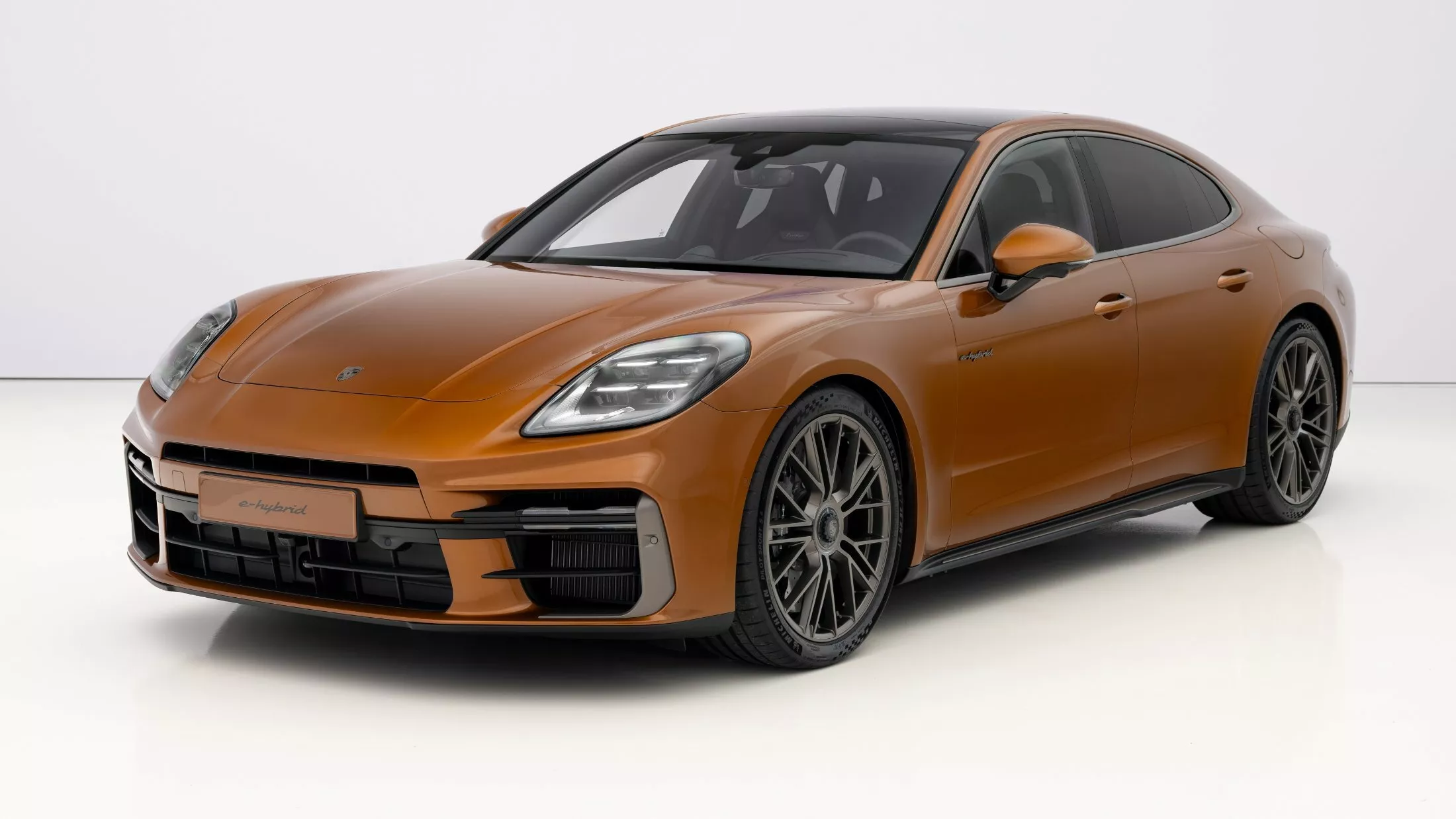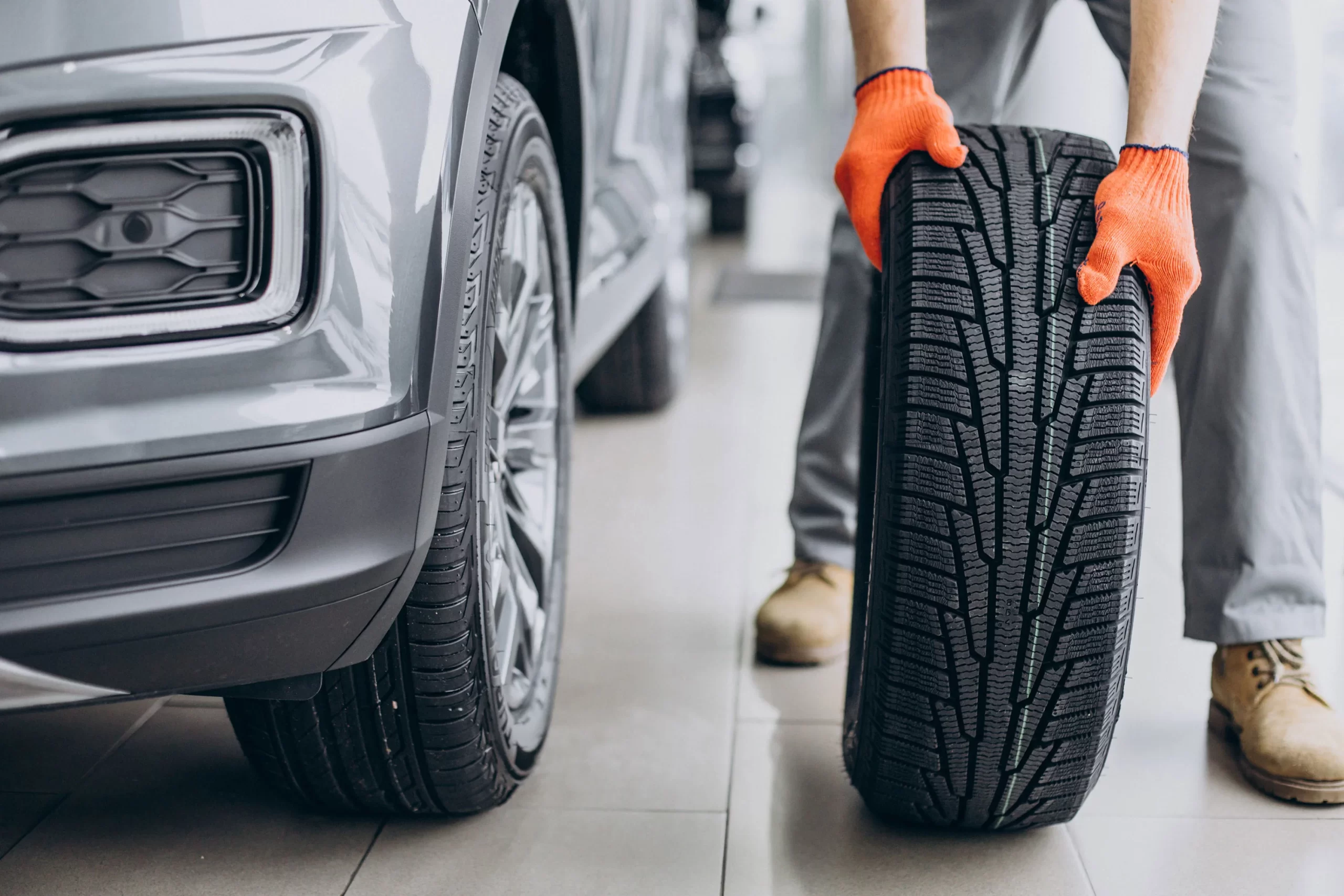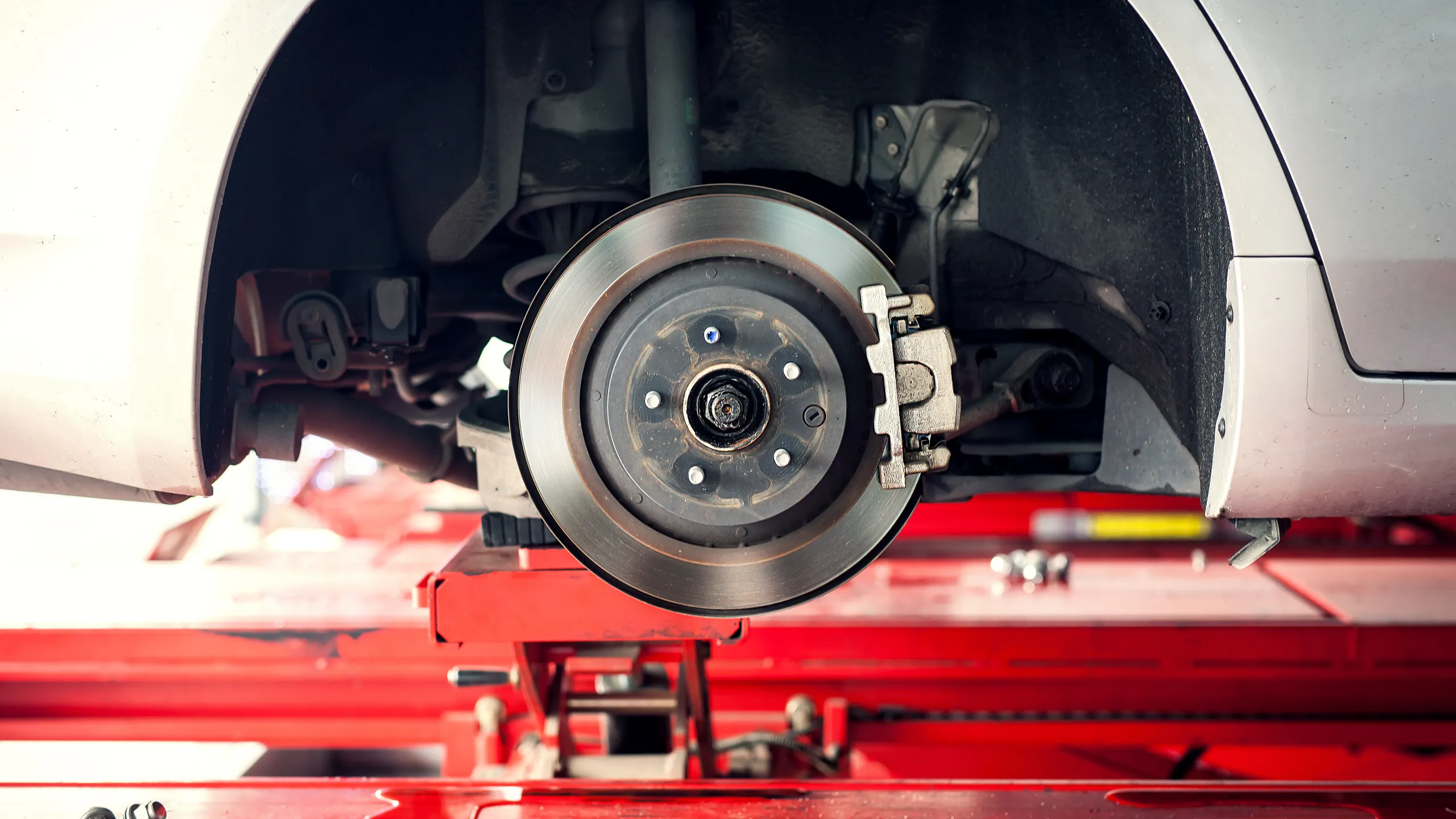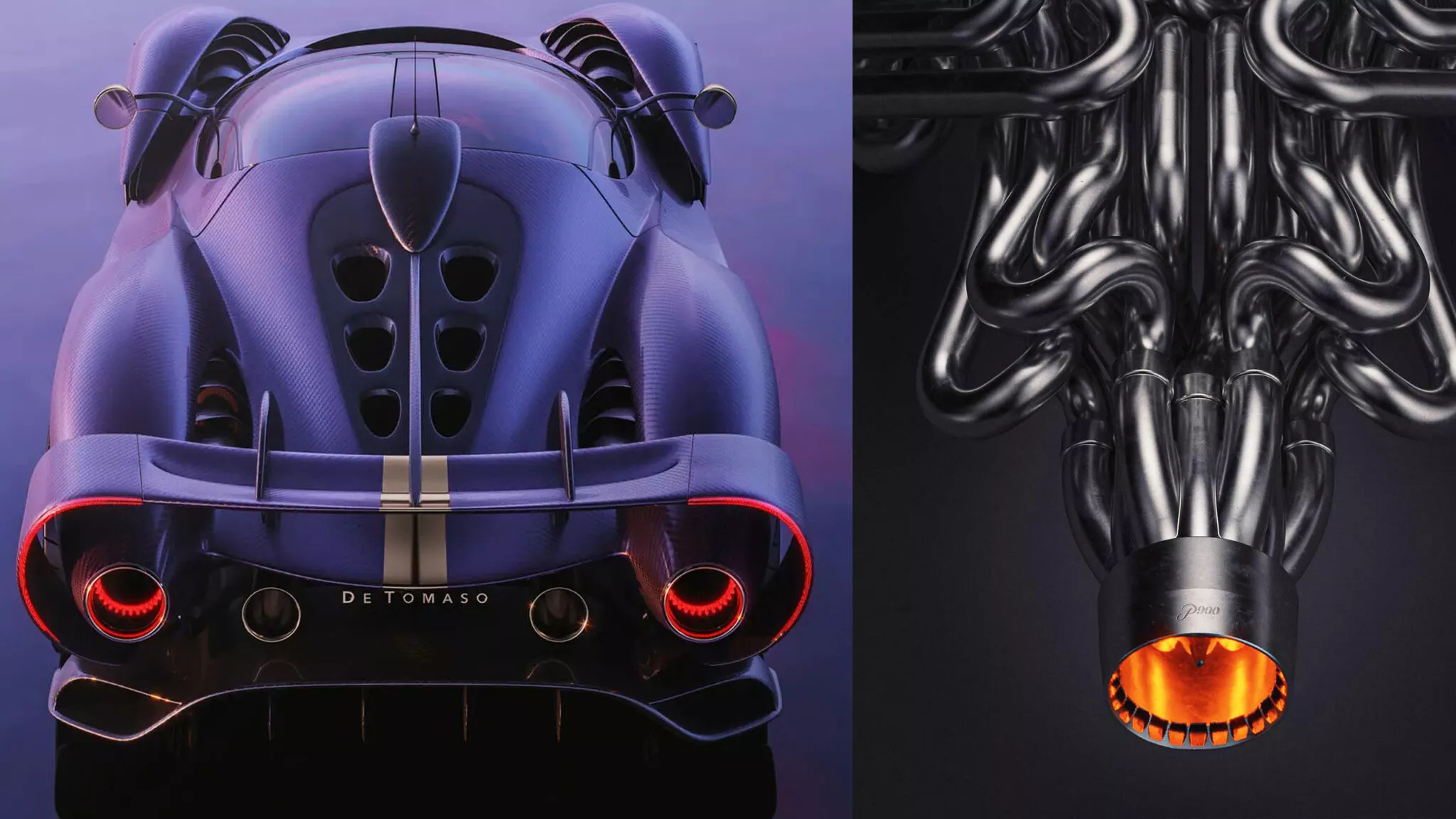With an abundance of dance-themed TikTok content circulating online, it’s no surprise that automakers are hopping on the trend, offering a modern twist on LA’s iconic lowrider car culture. However, what truly catches attention is Porsche’s unexpected entry into the mix, showcasing the innovative active suspension of the new Panamera in a unique and unconventional dance video. The Zuffenhausen brand’s Instagram post showcases the suspension of the third-gen Panamera engaged in various lateral and longitudinal movements, even while the vehicle remains stationary.
This short video appears to be CGI-generated, leaving uncertainty about whether this feature will be available in the production model. Nevertheless, the technology enabling the Panamera to dance is already in place, with each of the four wheels capable of individual control. This advanced system absorbs road imperfections and minimizes body roll during cornering. A similar feature is already offered as an option in the Mercedes-Benz GLE, aiding the SUV in freeing itself when stuck in sand.
The 2024 Porsche Panamera comes equipped with a standard two-chamber two-valve air suspension. However, the video likely showcases the more advanced ‘Porsche Active Ride’ suspension, available optionally in the Panamera E-Hybrid trims. This system integrates a new one-chamber air suspension with active shock absorbers and an electrically operated hydraulic pump, offering a broader spectrum between comfort and driving dynamics. During the Panamera’s launch, Porsche revealed that its ground clearance can be raised by up to 5.5 cm (2.2 inches) using the ‘comfort access’ function, providing SUV-like ingress and egress. Whether the executive model will feature a dancing mode remains to be seen, as it would primarily serve to demonstrate the capabilities of the advanced electronics.
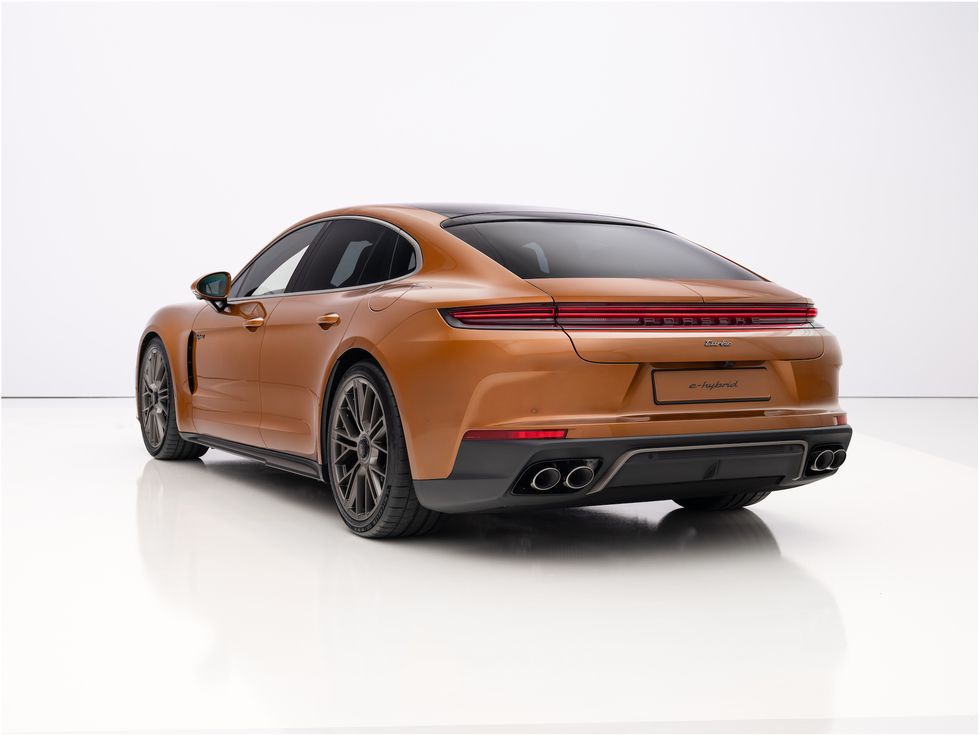
Porsche Active Ride employs hydraulic motor-pump units connected to each damper, exerting force on the car’s suspension. This innovative system allows independent adjustment of each wheel, enhancing ride comfort and eliminating noticeable body roll for a smoother driving experience. Porsche engineers began developing the Active Ride system as a theoretical concept approximately four years ago. Initially intended for an upcoming all-electric model set for release in a few years, the system’s impressive performance led to its accelerated implementation in the new Panamera after receiving positive feedback from the Porsche board.
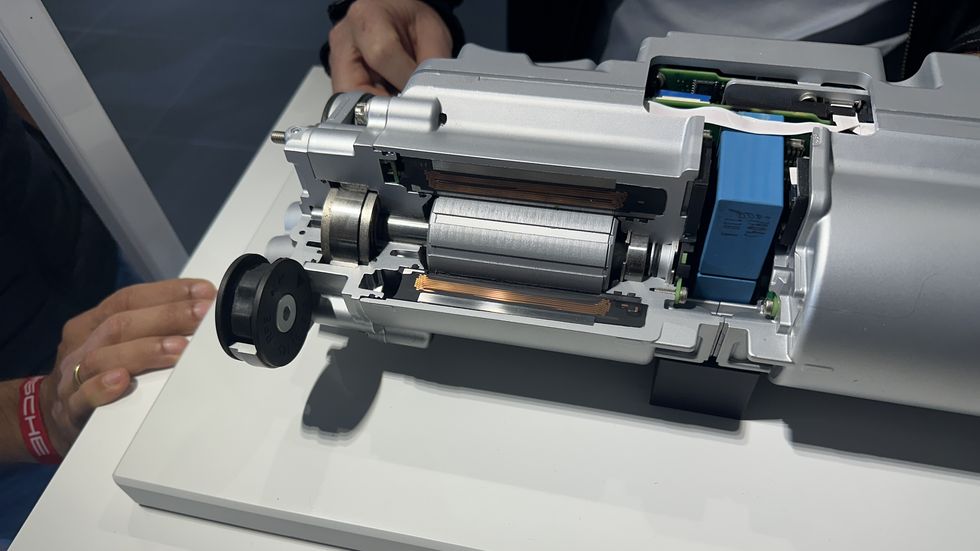
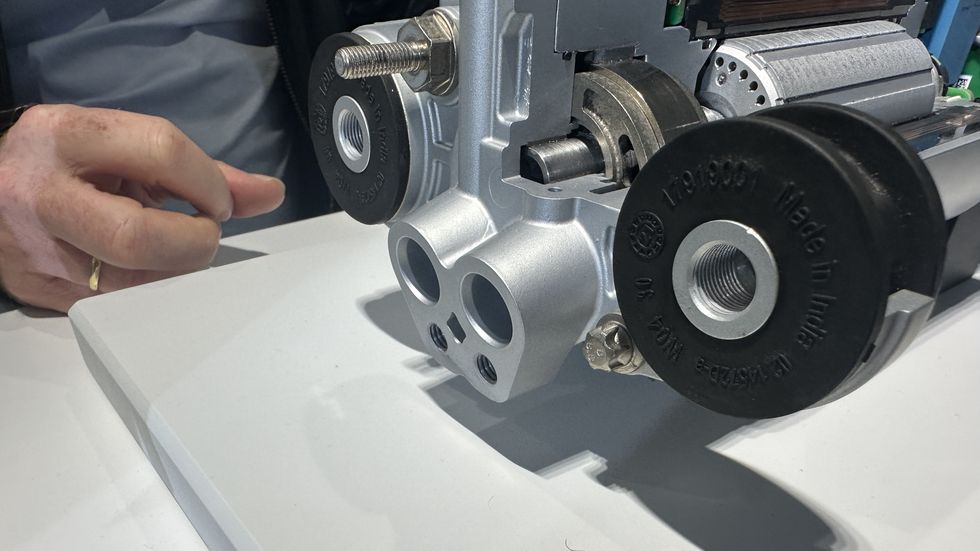
The mechanics behind Porsche Active Ride are deceptively straightforward. Utilizing an electric motor and a hydraulic pump at each corner, the system controls fluid flow in and out of the damper, enabling fully variable damping force. This innovative setup replaces the conventional anti-roll bar, granting each wheel independent movement. Housed within an aluminum casing, two motor-pump units are positioned where the anti-roll bar would typically reside, leveraging existing mounting points due to the Panamera’s chassis design constraints. Connected to each motor-pump unit are rubber tubes linked to Porsche’s new two-valve dampers, allowing precise regulation of compression and rebound characteristics. Each unit can exert an impressive 2248 pounds of supplemental force at each corner, operating at a frequency of 15 Hz. Despite using single-chamber air springs to support the car’s weight, Active Ride primarily manages ride height through the dampers, with the springs maintaining a low spring rate to enhance ride comfort.
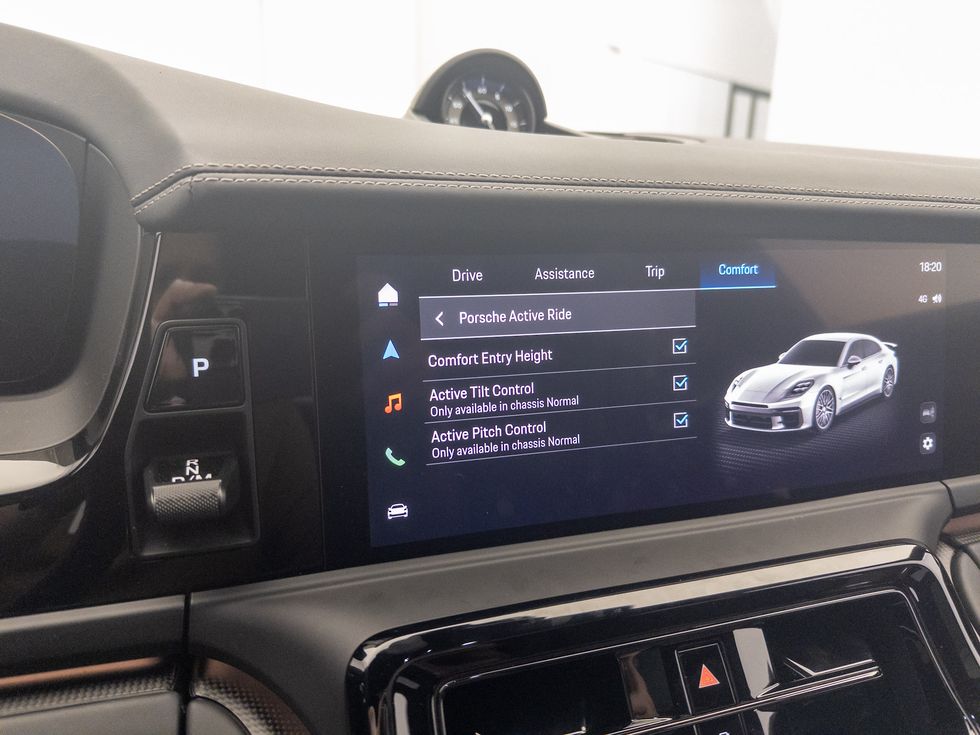
In Normal mode, Active Ride presents driver-selectable active pitch control and active roll control, delivering an exhilarating yet unusual driving experience. With pitch control engaged, there’s minimal body movement during acceleration and braking, akin to the sensation of stepping into a car with drum brakes—anticipating a response that never materializes. This uncanny stability creates a disorienting effect as the vehicle slows down. Furthermore, activating roll control causes the car to lean into corners akin to a motorcycle, defying conventional expectations. These sensations may feel unnatural to some drivers, prompting Porsche to offer these functions as optional features. Turning off active roll control results in minimal body roll during cornering, providing drivers with subtle feedback about the vehicle’s dynamics. In Sport and Sport Plus modes, the system allows for slightly more body motion, enhancing driver feedback and optimizing performance potential while maintaining exceptional body control.
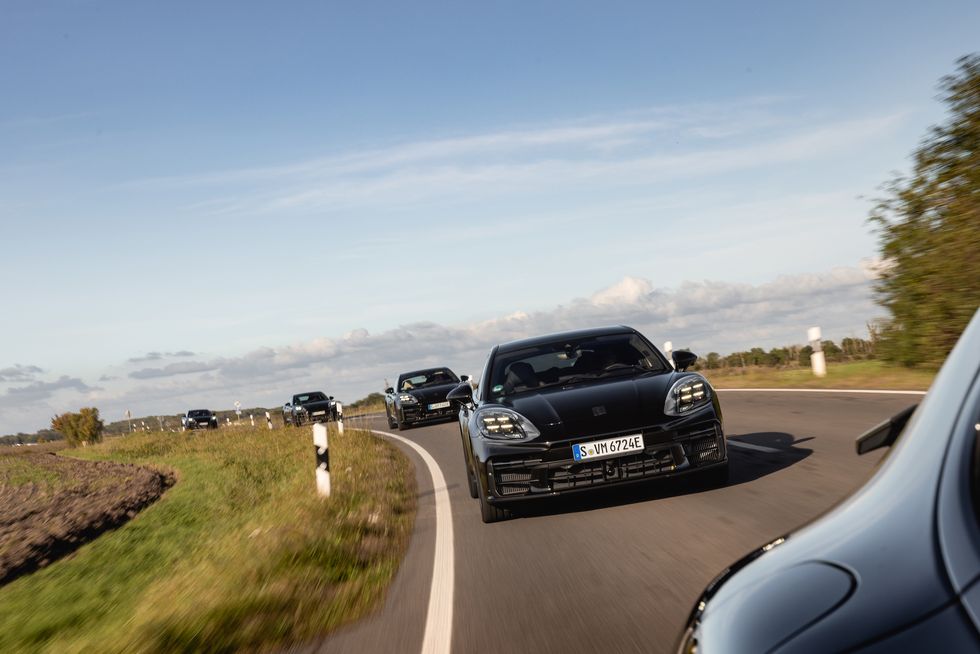
The implementation of the Active Ride system in the Panamera heralds exciting possibilities for future vehicles. Imagine a car designed from the ground up with Active Ride in mind—how would it enhance performance and handling dynamics? Consider the application of this technology in high-downforce vehicles like the GT3 RS. Without the need for traditional anti-roll bars, what packaging benefits could be achieved? For vehicle dynamics engineers, Active Ride represents a dream scenario, offering unprecedented control and optimization possibilities. As seen in the new Panamera, this technology is just the beginning, promising innovative advancements in the automotive industry.
